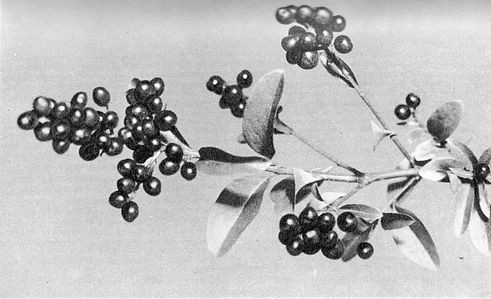About East Asian Medicine
also known as Traditional Chinese Medicine (TCM)
East Asian medicine is a medical system, born and developed over the past 3,000 years in Asia, primarily in China.
The principles of East Asian Medicine were first compiled in the Yellow Emperor's Classic of Medicine (475-221 BC), attributed to Huangdi Neijing, also known as the father of Chinese Medicine. The origin of the name Traditional Chinese Medicine (TCM) occurred during the Chinese Cultural Revolution of the twentieth century, when China established a differentiation between Western medicine and Chinese medicine practices. Therefore East Asian or Chinese medicine acquired the title of “traditional,” while Western medicine was simply referred to as “medicine”.
East Asian medicine is fundamentally different from Western medicine, which originated in ancient Greece with Hippocrates about the same time as Huangdi Neijing. To be precise, originally both medicines had a very similar approach to healing despite different terminology; in fact, the state of illness was considered the result of both a body and mind/spirit imbalance. Western medicine cultivated a different way of healing over time, leaving the “spirit” portion of healing to religion. Yet in the 2nd century CE the Roman poet Juvenal prayed for a mens sana in corpore sano (a healthy mind in a healthy body), which indicates that the concept of mind-body unity was still alive in the West.
East Asian medicine, on the contrary, still uses an holistic approach to both sides of the human being as fundamental to understanding the origin of an imbalance. A doctor will always examine both the physical and the emotional states at the same time to comprehend the root of a problem and its manifestations. That is why the first intake with a patient is time consuming: an in depth analysis of all organ systems is performed, as well an emotional assessment according to the four pillars of diagnostic: inspection, auscultation, palpation, and inquiry.


Inspection: visual analysis of the face, skin features and colors, the tongue, body behavior, attitude, gestures, way of carrying oneself, and eye contact.

Auscultation: sounds and olfaction. There are five major significant sounds: shouting, laughing, singing, weeping, and groaning. Olfaction analyzes the smell of body odor.

Palpation: the feeling of the pulses, the abdomen, and along the 12 meridians.

Inquiry: analysis by asking questions about the person’s current and past health and habits.
East Asian medicine is not only Acupuncture. This is in fact just one of the modalities a doctor can use to treat a patient. Internal medicine is also another very important practice. It is often referred to as herbal medicine because medicinal formulas are strictly composed with elements of nature such as flowers, roots, rhizomes, barks, leaves, shells, resins, and so on. Moxibustion is the use of Artemisia herb to promote blood circulation and/or to eliminate internal body coldness and dampness. Cupping therapy and Gua Sha, which belong to a more folk tradition, are also used as a complement.
The Eastern medical approach